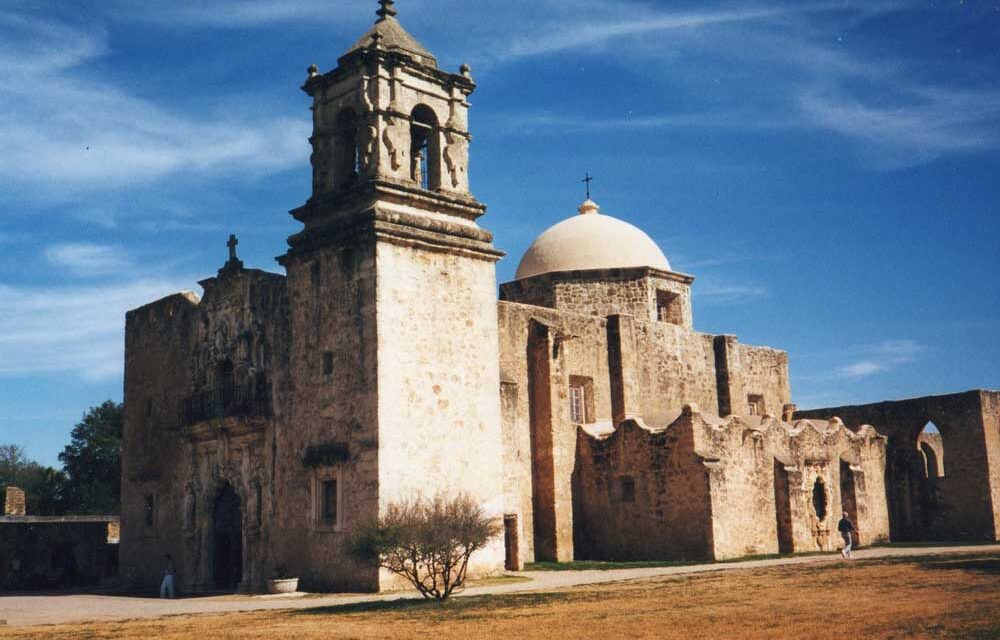On a sunny and warm Friday afternoon a few years ago, I had a two hour meeting with Vincent Huizar, a descendant of Pedro Huizar, the sculptor who allegedly created Rosa’s Window (The Rose Window) at Mission San José in San Antonio. A former colleague telephoned me and asked me as a favor if I would meet this man and perhaps offer some assistance. Accordingly, we scheduled an appointment at the Palo Alto Branch Library in San Antonio, Texas. He appeared to be in his mid-70s, of medium built, moreno, and about five-eight. Vincent told me that he was interested in writing a biography of his ancestor and wanted some advice, which I gladly provided pro bono. He also told me that Pedro Huizar surveyed the lands around the missions in San Antonio when they were secularized. This was the legalistic process of changing their status from transitory ecclesiastical centers to permanent
parishes and supported by secular priests and its lands divided among he remaining Indians. .
Those of us who have visited Mission San José have also seen the famous Rosa’s Window (the Rose Window), which is situated on the south wall of the sacristy. It was in 1720 that Franciscan Padre Antonio Margil de Jesús of the College of Nuestra Señora de Guadalupe de Zacatecas founded the most successful mission in Texas–San José y San Miguel de Aguayo (popularly known as Mission San José). The first two are saints’ names and “de Aguayo” was in honor of the governor and captain-general of the province of Coahuila y Texas, the Marquis de Aguayo.
According to the imaginary tale, Pedro Huizar, a young sculptor from Spain, constructed the window in honor of his beautiful sweetheart Rosa. His dream was for them to get married in front of his carved Churriqueresque baroque style window whom he named “Rosa’s Window.” Lamentably, so the story goes, after he had finished the last rose on the window, a Franciscan padre notified Pedro of the tragic news that his future wife Rosa had perished at sea on the way to New Spain. It is believed that the Rose Window was completed around the latter part of the eighteenth century and is the best known and considered one of the most beautiful windows of its type in the world.
The historical record contains no evidence of Pedro Huizar actually being authorized to do the carved window, nor is there documentation to support the story of Pedro’s future wife coming to New Spain to marry him and died along the way. Now, according to the census, Pedro did live in the vicinity of Mission San José. What is known is that a sculptor or Pedro Huizar made the intricate ornamentations that bear a strong resemblance to rose petals. This could be attributed to honor our Lady of Guadalupe, for whom the Franciscan College was named, and who presented the rosas to Juan Diego at the hill of Tepeyac. Hence, Rosa’s Window. Whether it was a Franciscan padre or Pedro Huizar who were the sculptors, they were both trained in the Churrigueresque baroque style that they brought from Spain, named after José Benito Churriguera (1665-1725).
Even though these are the facts, there is no doubt that the legend sounds more romantic and sentimental. And on a sad note, Vincent Huizar passed away at his home on Monday, November 7, 2016, at the age of 84.










